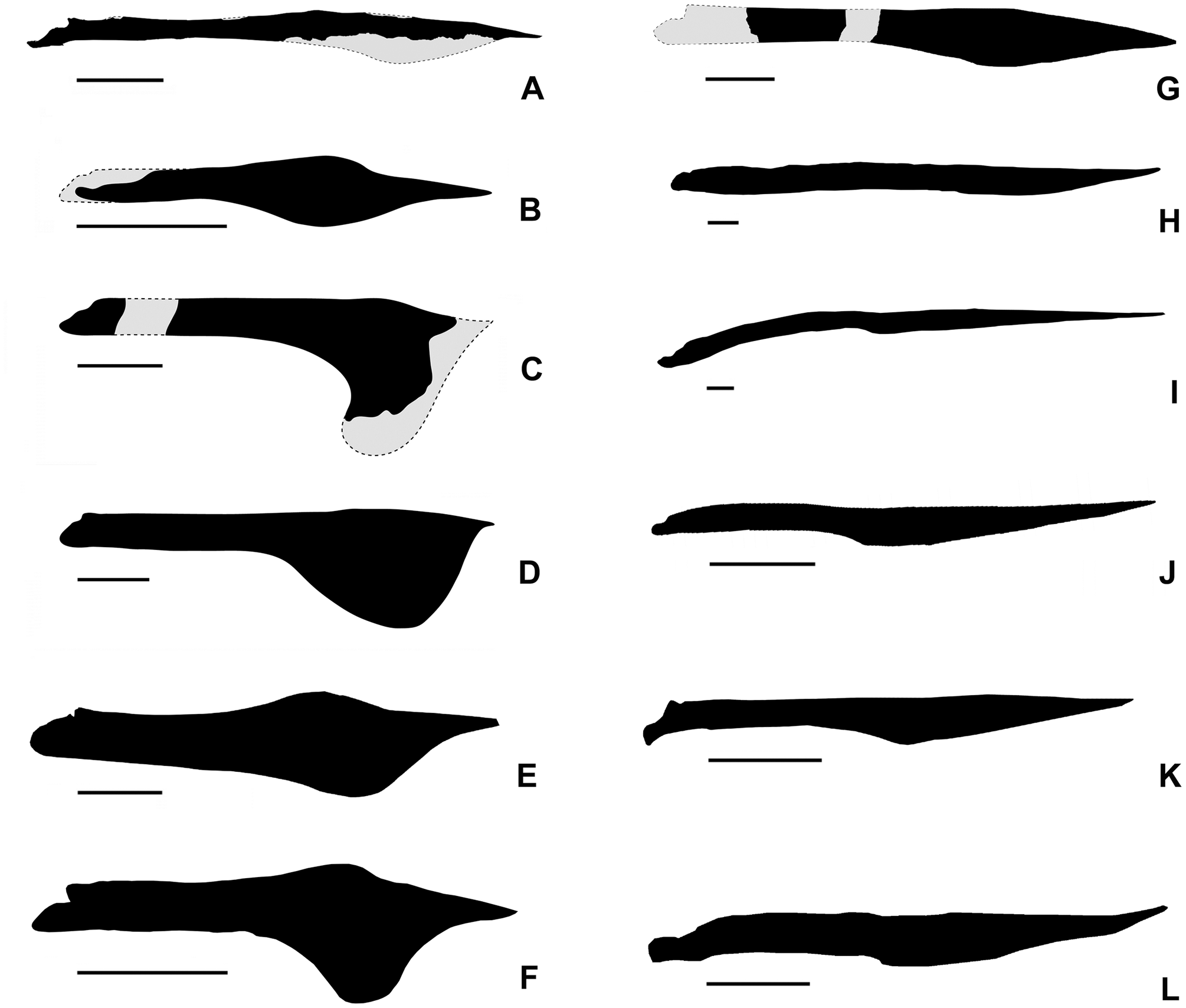Aymberedactylus on:
[Wikipedia]
[Google]
[Amazon]
''Aymberedactylus'' (meaning "small lizard finger") is a genus of tapejarid
 ''Aymberedactylus'' can be identified as a tapejarine tapejarid from the holotypic jawbone due to its toothlessness, slightly downturned
''Aymberedactylus'' can be identified as a tapejarine tapejarid from the holotypic jawbone due to its toothlessness, slightly downturned
 A phylogenetic analysis conducted in 2016 recovered ''Aymberedactylus'' as the most basal tapejarine.
A phylogenetic analysis conducted in 2016 recovered ''Aymberedactylus'' as the most basal tapejarine.
pterosaur
Pterosaurs (; from Greek ''pteron'' and ''sauros'', meaning "wing lizard") is an extinct clade of flying reptiles in the order, Pterosauria. They existed during most of the Mesozoic: from the Late Triassic to the end of the Cretaceous (228 to ...
from the Early Cretaceous Crato Formation of Brazil
Brazil ( pt, Brasil; ), officially the Federative Republic of Brazil (Portuguese: ), is the largest country in both South America and Latin America. At and with over 217 million people, Brazil is the world's fifth-largest country by area ...
. It contains a single species, ''A. cearensis.''
Discovery and naming
Theholotype
A holotype is a single physical example (or illustration) of an organism, known to have been used when the species (or lower-ranked taxon) was formally described. It is either the single such physical example (or illustration) or one of several ...
specimen of ''Aymberedactylus'', MN 7596-V, is a nearly complete mandible
In anatomy, the mandible, lower jaw or jawbone is the largest, strongest and lowest bone in the human facial skeleton. It forms the lower jaw and holds the lower tooth, teeth in place. The mandible sits beneath the maxilla. It is the only movabl ...
preserved in three dimensions. It was discovered in the Aptian
The Aptian is an age in the geologic timescale or a stage in the stratigraphic column. It is a subdivision of the Early or Lower Cretaceous Epoch or Series and encompasses the time from 121.4 ± 1.0 Ma to 113.0 ± 1.0 Ma (million years ago), a ...
- Albian Crato Formation, a konservat-lagerstätte well known for its exquisite preservation of fossils, and it was described in 2016.
The name ''Aymberedactylus'' is derived from the Tupi Tupi may refer to:
* Tupi people of Brazil
* Tupi or Tupian languages, spoken in South America
** Tupi language, an extinct Tupian language spoken by the Tupi people
* Tupi oil field off the coast of Brazil
* Tupi Paulista, a Brazilian municipalit ...
word ("small lizard") and Greek ("finger"), and the specific name refers to the Brazilian state of Ceará
Ceará (, pronounced locally as or ) is one of the 26 states of Brazil, located in the northeastern part of the country, on the Atlantic coast. It is the eighth-largest Brazilian State by population and the 17th by area. It is also one of the ...
, which it was discovered in.
Description
dentary symphysis
In human anatomy, the facial skeleton of the skull the external surface of the mandible is marked in the median line by a faint ridge, indicating the mandibular symphysis (Latin: ''symphysis menti'') or line of junction where the two lateral halves ...
which accounts for half of the total length of the jaw, and a small crest on the bottom of the dentary (which was incompletely preserved). Small neurovascular foramina on the symphysis indicates the likely presence of a horned sheath over the tip of the jaw, which is also seen in ''Tupandactylus
''Tupandactylus'' (meaning "Tupan finger", in reference to the Tupi thunder god) is a genus of tapejarid pterodactyloid pterosaur from the Early Cretaceous Crato Formation of Brazil.
History
''Tupandactylus imperator'' is known from four nearl ...
''. The preserved portion is long.
It can be distinguished from other pterosaurs by a long retroarticular process (a process to which the ''depressor mandibulae'' muscle attaches, implying that ''Aymberedactylus'' had good control over the movement of its jaw bones) and a small fossa
Fossa may refer to:
Animals
* Fossa (animal), the common name of a carnivoran mammal of genus ''Cryptoprocta'' endemic to Madagascar
* ''Fossa'', the Latin genus name of the Malagasy civet, a related but smaller mammal endemic to Madagascar
Pla ...
, or depression, with a roughened bone texture on the splenial bone. In addition, ''Aymberedactylus'' shows a unique combination of traits: the shelf on the dentary symphysis is deep, the dorsal rim of the symphysis is concave, the jaw is relatively wide, the dentary fossa is short and shallow (which indicates a relatively weak bite), and the mandibular rami form a very large angle with the symphysis. These traits are a unique combination of basal and derived characteristics within Tapejaridae.
The preserved specimen of ''Aymberedactylus'' would have had a wingspan of approximately , typical of tapejarids. Judging by how the bones in its skull were not yet entirely fused, it was likely a subadult.
Phylogeny
References
{{Portal bar, Paleontology, Cretaceous, Brazil Tapejaromorphs Albian life Early Cretaceous pterosaurs of South America Cretaceous Brazil Fossils of Brazil Crato Formation Fossil taxa described in 2016 Taxa named by Alexander Kellner